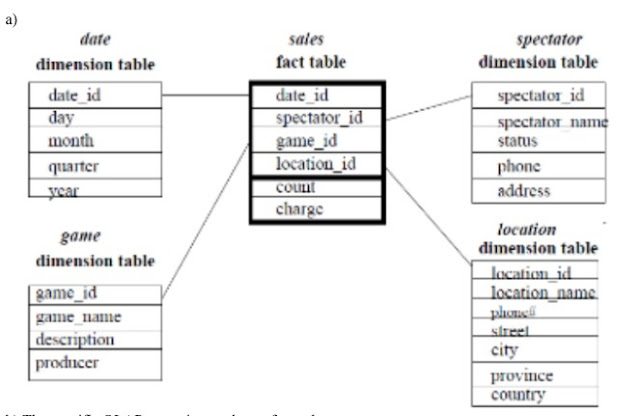Motherboard
Motherboard
The motherboard is a large PCB board that is found in all programmable electronic devices The component attached to the board may differ from one system to another. The desktop has different types of sockets and hardware than Smartphone. CPU, memory, storage, capacitor, transistor, slots, and connectors are all common components in all electronic devices.
The motherboard is a thin printed circuit board (PCB) which links all different components inside your computer. So, we can say the motherboard acts as a hub in a network. People call motherboard with a different name like main board, logic board, baseboard, system board, mobo, etc.
Parts of the Motherboard are as follow.
1. RAM Chip and RAM Slot
2. CPU Chip and Socket
3. PCI Slots
4. ROM Chip
5. Accelerated Graphics Port
6. North Bridge
7. Southbridge
8. CMOS Battery
9. Power Supply Plug
10. Parallel Port
11. Serial Port
2 x PCI Express Slatk
microphone port
12. SATA and PATA Connector
13. USB Port
14. DVI Port
15. RJ-45 Port
16. HDMI Port
17. FDD Connector
18. Optical Drive Audio Connector
19. 1394 Headers
20. F Audio Connectors
21. Heat Sink
22. Switches and Jumper
23. Microphone port, headphone port, subwoofer port, guitar port, DVD player port, stereo receiver port
24. Capacitor
25. Transistor
26. VRMs
27. Mounting Screw Hole
28. Power, Reset, SW, LED Pins
RAM chip and RAM Slot
RAM is an abbreviation for Random Access Memory. It is also known as the main memory. RAM is a temporary data storage device found in computers and other electronic devices. Data stored in RAM is erased as soon as the power is turned off.
RAM supports bidirectional data transfer from the CPU to memory during a write operation and from RAM to the CPU during a read operation. It acts as a bridge between the CPU and other devices such as HDDs, CDROMs, and PEN drives.
• DRAM, SDRAM, DDR, SRAM, CMOS RAM, VRAM, and other types of RAM are available on the market. RAM in the PC market typically ranges from 2 GB to 16 GB.
CPU Chip and Socket
CPU stands for Central Processing Unit. Because the CPU performs all of the computer's decision- making tasks, it is regarded as the brain of the computer and other electronic devices. It is a large printed circuit board on which all of the components and peripherals are either directly or indirectly connected. The CPU's primaryand inputs to carry out basis
CPU consists of 3 main typical compone ALU, CU and RU:
- ALU: Arithmetical Logical Unit (ALU) is CPU digital circuit (gates) that performs arithmetic and logical operations. ALU perfo common arithmetic operations such as addit subtraction, multiplication, and division. A performs logical operations such as the nur and letter comparisons. A single CPU may contain multiple ALUs.
- CU: The Control Unit (CU) is a digital ci within the CPU that governs all processe enables and instructs various logical units devices, and the computer's memory on ho respond to program instructions from va components, as well as the user.
- RU: Registers are a type of computer me used to quickly accept, store, and transfe and instructions that are being used imme by the CPU. The registers used by the C often termed as Processor registers.
Switches and Jumper
Switches and jumpers are used to reconfigure the circuit onto an existing circuit board in a reversible way.
Jumper also called Jumper Shunt is a small circuit board used to close, open or bypass part of an electronic circuit.
Closed Stage Jumper: If the plug is pushed down over two pins, the jumper is referred to as jumpered.
Opened Stage Jumper: If there is no plug into the pin then it is an open stage.



Comments
Post a Comment